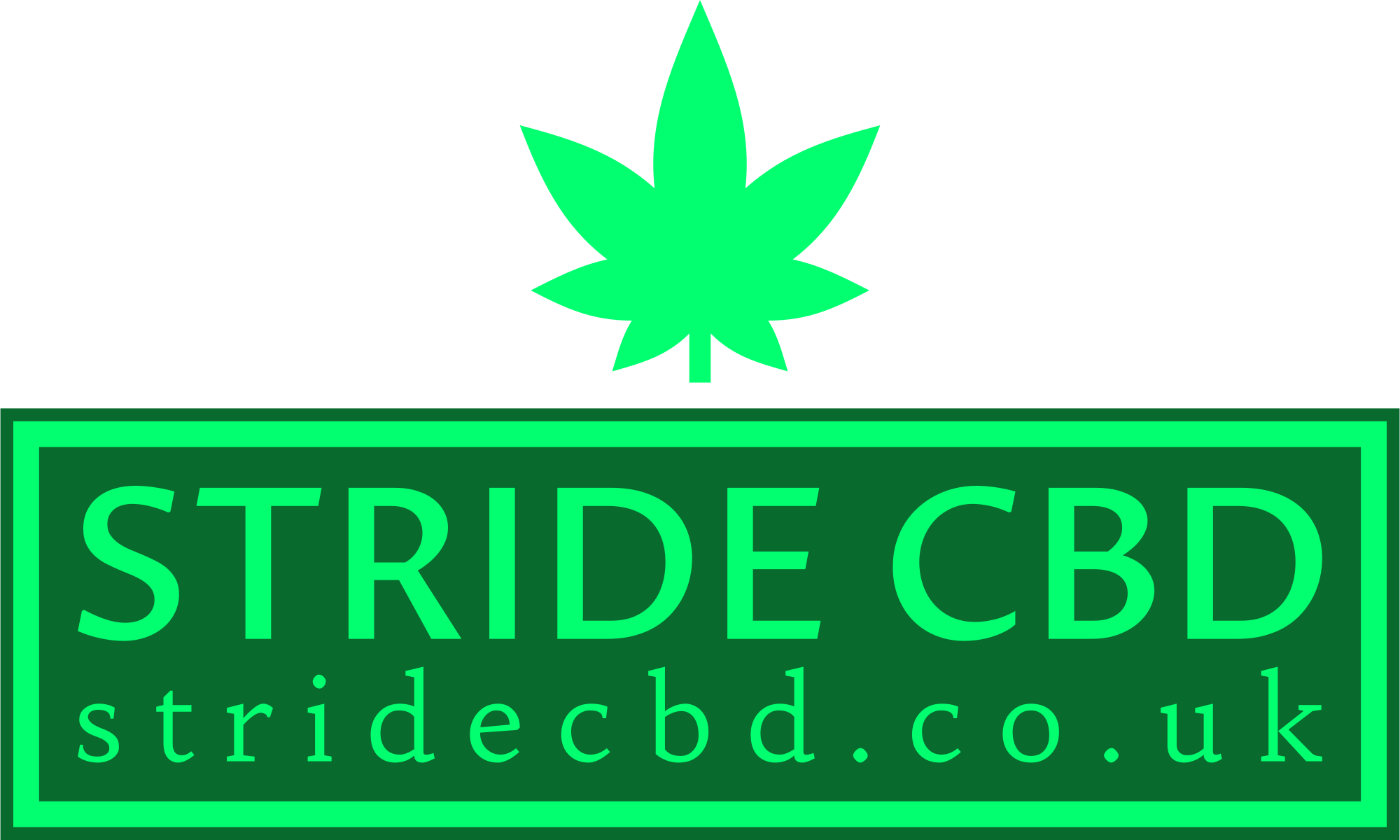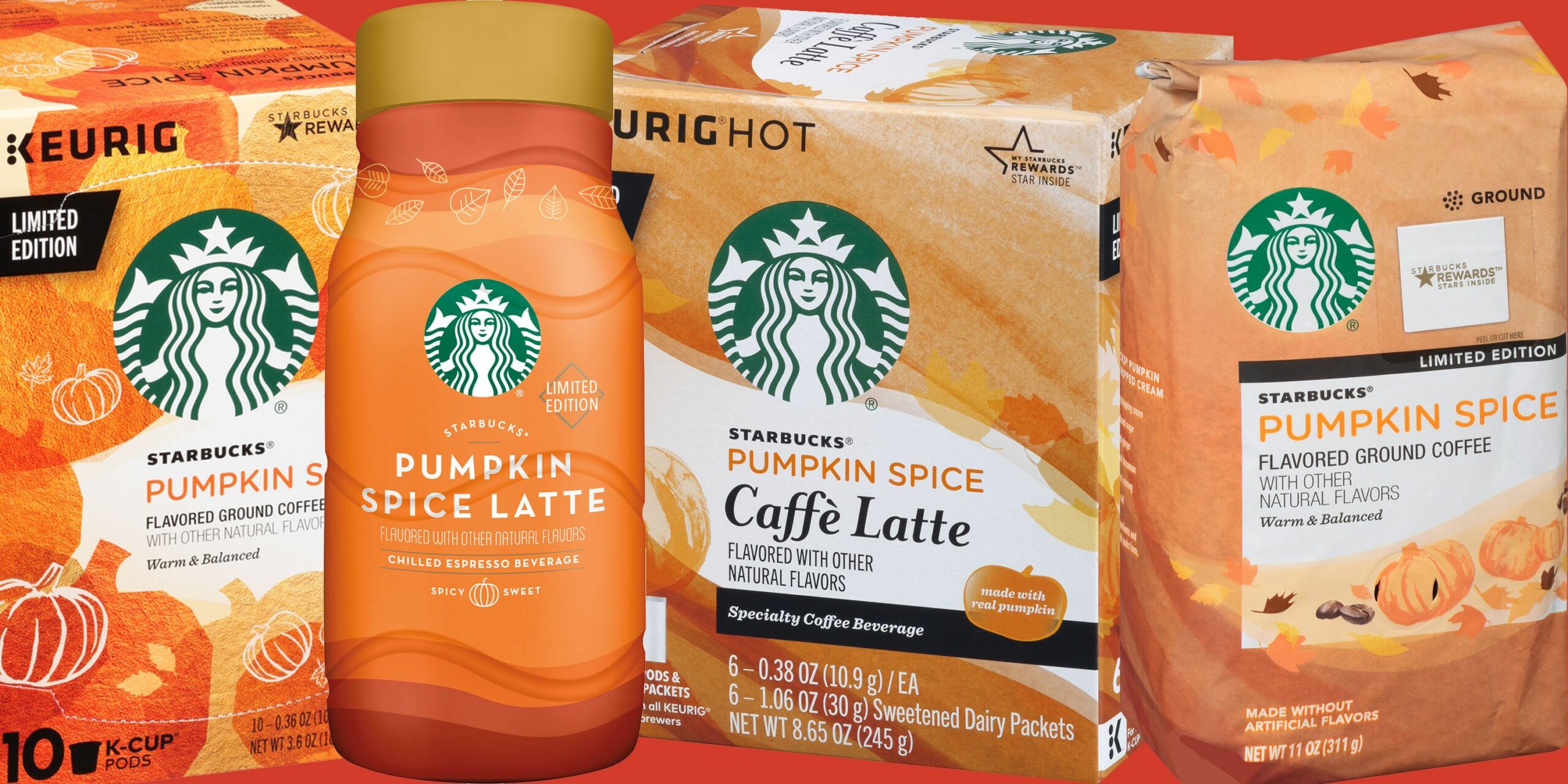Introduction
Pumpkin spice has become a beloved flavor and aroma associated with the fall season. From lattes to baked goods, this blend of spices, including cinnamon, nutmeg, ginger, and cloves, creates a warm and comforting experience for many. However, some people find themselves craving pumpkin spice treats to the point of addiction. In contrast, CBD, a non-psychoactive compound derived from the hemp plant, does not possess addictive properties. In this comprehensive guide, we will explore why pumpkin spice can be addictive while CBD is not. We will delve into the chemical and psychological factors that contribute to addictive behaviors and how CBD differs in its effects on the body and mind. Let’s delve into this topic to gain a better understanding of why pumpkin spice can be addictive and why CBD is not.
Section 1: Understanding Addiction
1.1 The Nature of Addiction
Addiction is a complex condition characterized by compulsive drug or behavior seeking and use, despite negative consequences. It is influenced by a combination of genetic, environmental, and psychological factors. When addiction takes hold, the brain’s reward system is altered, leading to a dependence on the substance or behavior.
1.2 Factors that Contribute to Addiction
Various factors contribute to addictive behaviors. Some key factors include the release of dopamine, a neurotransmitter associated with pleasure and reward, the formation of habit loops, and the impact of psychological and environmental cues.
Section 2: The Appeal of Pumpkin Spice
2.1 Sensory Pleasure and Association
Pumpkin spice triggers a sensory experience that can be highly pleasurable. The combination of spices creates a nostalgic association with the fall season, cozy gatherings, and holiday festivities. The aroma, taste, and visual appeal of pumpkin spice treats can elicit feelings of comfort and happiness.
2.2 Sugar and Flavor Enhancement
Pumpkin spice treats often contain high amounts of sugar, which can contribute to their addictive nature. Sugar activates the brain’s reward system, releasing dopamine and providing an immediate sense of pleasure. The combination of the pumpkin spice flavor and the added sugar enhances the overall taste, making it more appealing and potentially addictive.
2.3 Psychological and Environmental Cues
Psychological and environmental cues play a significant role in addictive behaviors. The limited availability of pumpkin spice treats during certain seasons creates a sense of scarcity and exclusivity, making them more desirable. Additionally, marketing and social influences contribute to the association of pumpkin spice with comfort and indulgence, further reinforcing the craving for these treats.
Section 3: Understanding CBD
3.1 CBD and the Endocannabinoid System
CBD interacts with the body’s endocannabinoid system, a complex network of receptors, enzymes, and endocannabinoids involved in regulating various physiological processes. CBD does not bind directly to cannabinoid receptors but rather influences their activity, leading to potential therapeutic effects.
3.2 Non-Psychoactive and Non-Addictive Properties
CBD is non-psychoactive, meaning it does not produce the euphoric or intoxicating effects associated with THC, the psychoactive compound in cannabis. Unlike addictive substances, CBD does not hijack the brain’s reward system or create a physical dependence.
3.3 Potential Therapeutic Effects
While CBD is not addictive, it has been studied for its potential therapeutic benefits. Research suggests that CBD may have anti-inflammatory, analgesic, anxiolytic, and neuroprotective properties. It may be used to alleviate symptoms associated with various conditions, including chronic pain, anxiety disorders, epilepsy, and sleep disorders.
Section 4: Managing Cravings and Addiction
4.1 Recognizing Triggers and Developing Coping Strategies
For individuals struggling with cravings and addiction, it is
essential to recognize triggers and develop healthy coping strategies. This section will provide some general tips for managing cravings and addiction:
4.2 Seek Professional Help
If you or someone you know is struggling with addiction, it is important to seek professional help. Addiction is a complex condition that often requires a comprehensive treatment plan. Professionals, such as therapists, counselors, and addiction specialists, can provide guidance, support, and evidence-based interventions to help overcome addiction.
4.3 Build a Support Network
Building a support network is crucial for recovery. Surround yourself with individuals who are supportive and understanding. Join support groups or engage in therapy to connect with others who have faced similar challenges. Having a strong support system can provide encouragement, accountability, and understanding throughout the recovery process.
4.4 Develop Healthy Coping Mechanisms
Identify healthy coping mechanisms that can replace addictive behaviors. Engage in activities that bring joy, relaxation, and fulfillment, such as exercise, hobbies, mindfulness practices, or creative outlets. Find healthier alternatives to satisfy cravings, such as nutritious foods or drinks.
4.5 Practice Self-Care
Taking care of your physical, mental, and emotional well-being is essential in managing cravings and addiction. Prioritize self-care activities that promote relaxation, stress reduction, and overall well-being. This can include getting enough sleep, eating a balanced diet, practicing mindfulness or meditation, and engaging in activities that bring you joy and fulfillment.
4.6 Avoid Triggers and Temptations
Identify and avoid triggers and situations that may lead to cravings or relapse. This may involve avoiding certain environments, people, or activities associated with addictive behaviors. Create a supportive and healthy environment that fosters recovery.
4.7 Develop a Routine
Establishing a structured routine can provide stability and reduce the likelihood of engaging in addictive behaviors. Plan your days, including regular mealtimes, exercise, work or study hours, and leisure activities. Having a routine can help occupy your time, reduce boredom, and provide a sense of purpose.
Conclusion:
Understanding the addictive nature of pumpkin spice and the non-addictive properties of CBD is crucial for making informed choices and managing cravings and addiction. While pumpkin spice treats can be enticing and potentially addictive due to sensory pleasure, sugar content, and psychological cues, CBD offers therapeutic potential without the addictive properties associated with addictive substances. By recognizing triggers, seeking professional help, building a support network, developing healthy coping mechanisms, practicing self-care, and avoiding temptations, individuals can manage cravings and addiction in a more positive and sustainable way. Remember that everyone’s journey is unique, and it’s important to seek personalized guidance and support when dealing with addiction.
- Does CBD Give You the Munchies - June 21, 2023
- Why Pumpkin Spice Is Addictive and CBD Is Not - June 21, 2023

